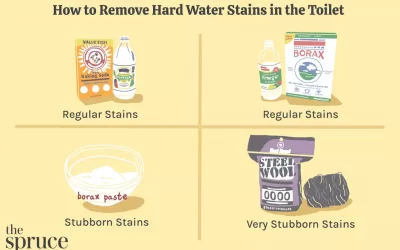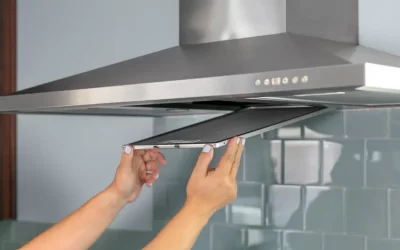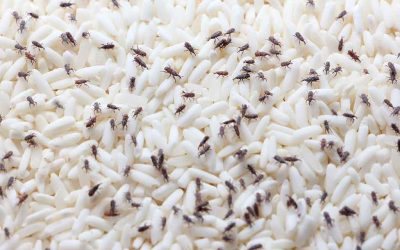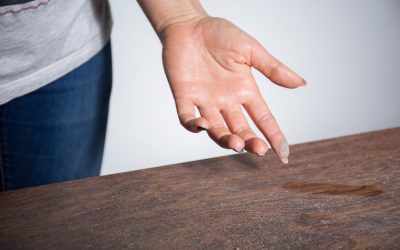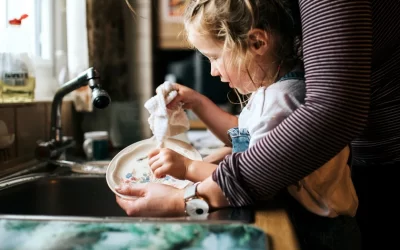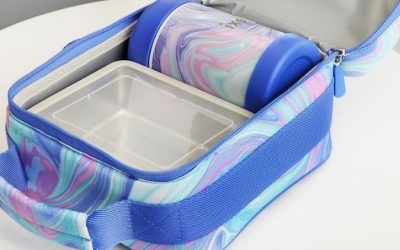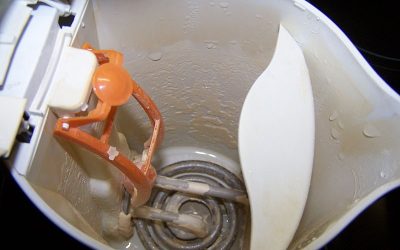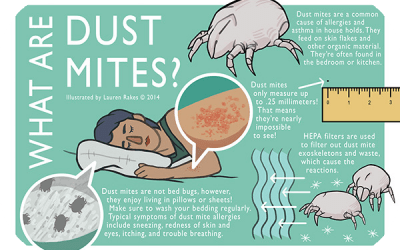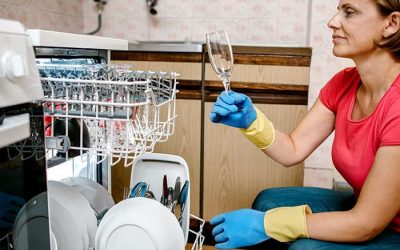How to Sanitise Your House After Being Sick
There are many ways that a virus or bacteria could enter your home – and we’re not just walking about coronavirus here. It could be any number of illnesses brought into your house – either from children at school or preschool, or you may catch an illness from someone else at work. It’s never fun when children bring home a virus as you need to look after them and you may also fall ill yourself. The chances of this happening can be reduced if you properly sanitise your house.
Regardless of the type of virus or bacteria, it’s important that you do everything possible to ensure that you reduce the chances of transmission. In many cases, it is possible that the virus or bacteria may still be living on surfaces and ‘high touch’ areas, so you need to make sure that all surfaces in your house are cleaned and sanitised properly.
That is why we wrote this article. We wanted to share with you advice from the experts to ensure that you properly know how to sanitise your house after people have recovered from being sick. Follow these tips to ensure that there is less chance of transmission or recurrence.
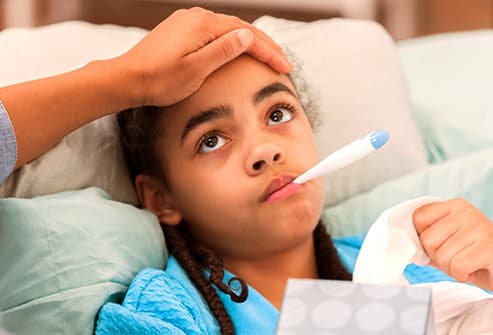
Source: MebMD
The Difference Between Cleaning and Sanitising
From the outset I want to be clear that cleaning and sanitisation are not the same thing. You may want to clean before you sanitise your house but cleaning on its own will unlikely be enough to remove any virus that is lurking on surfaces after you have been sick.
Cleaning is the process of wiping down a surface to remove dirt and dust particles but will not necessarily involve using the chemicals required to kill viruses or bacteria on the surface.
As part of your process of sanitising your house, you will need to start with cleaning surfaces first to remove any surface contaminants and debris, but then you will need to go through a sanitisation process.
What cleaning products should you use to sanitise your house?
Before you sanitise your house, you need to make sure that you have the right materials. You need to make sure that you have the right disinfectant and that you follow the instructions provided.
You need to ensure that you do the following:
- Make sure that your chosen disinfectant is strong enough to kill any viruses and bacteria that may have been brought into the house.
- Ensure that you follow the instructions provided on the packet
- Make sure that you leave the disinfectant in place long enough to sanitise your surfaces. Don’t clean it off too quickly.
- Never mix different chemicals. This can cause unintended negative poisonous accidents. Not all chemicals mix well with each other.
If you don’t already have disinfectant products in the house, chances are that you will have access to bleach. The Center for Disease Control in the USA has a recommended solution for you that is strong enough to kill viruses but safe enough that it could be used in food preparation areas and on all high touch surfaces around your home. The CDC suggests a ratio of 5 tablespoons of bleach for every gallon of water. This equates to about ⅓ of a cup of bleach for every 3.7 litres. Be careful if you use bleach because it can damage many types of surfaces. It’s normally best to opt for something containing 70% alcohol instead.
Sanitise your house – What to do in different areas.
Now we wanted to go through some specific instructions and suggestions to sanitise your house. Concentrate on these areas as those in your household get better as these are the highest risk zones.
High Touch Surfaces
When we talk about high touch surfaces we mean things like tables, chairs, light switches and door handles. We also mean electrical goods like your phone, computers, gaming consoles, remote controls and other electronic devices. This list is not exhaustive but we hope you are getting a picture. To be honest, these items should be wiped down regularly with disinfectant, even when people in the house aren’t sick. These are some of the highest risk areas for transfer of virus or bacteria. Whilst people are sick in the house, you should still try and disinfect these items daily, especially if they are used by both those that are sick and healthy. This minimises the chance of spreading illnesses.
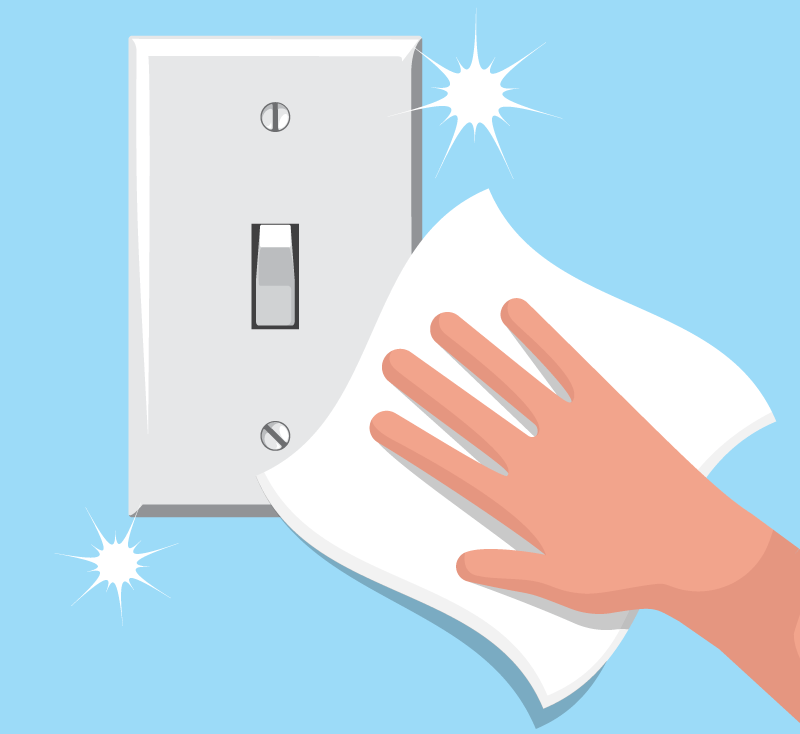
Source: CDC
Hard Surfaces
Hard surfaces are often the surfaces most likely to hold onto viruses or bacteria. These need to be disinfected as part of your process to sanitise your house. You might want to try using a disinfectant spray or putting some of your bleach solution in a spray bottle to reach any hard to reach crevices. Like we mentioned in the high touch surfaces above, it might be a good idea to disinfect these surfaces regularly – especially during flu season.
Let’s pay particular attention to some individual rooms and go through some tips on what you need to do in order to sanitise these spaces.
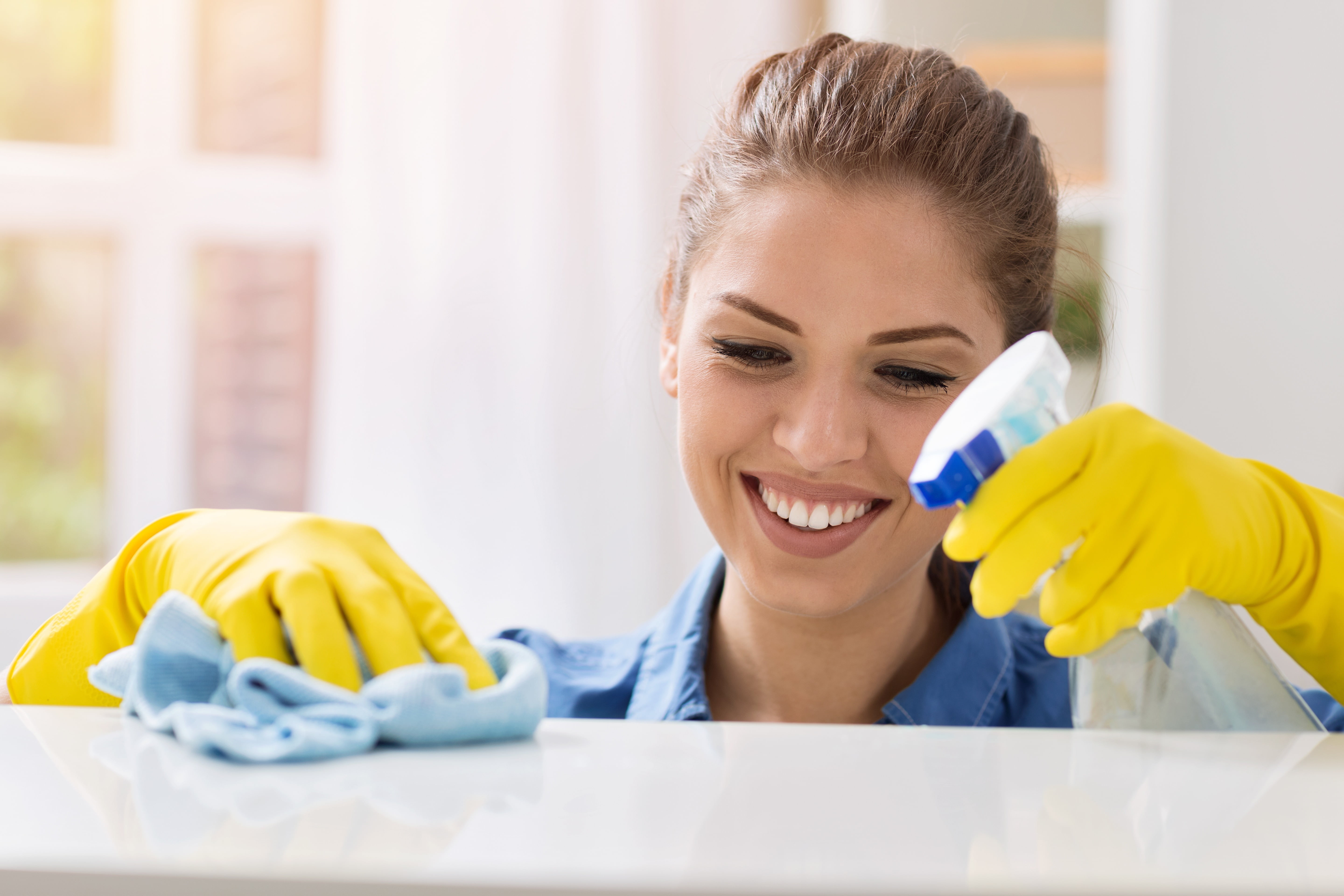
Bathrooms
There are two steps that you should follow when sanitising the bathroom after you or someone in your household has been sick; sanitising surfaces and washing fabrics.
All surfaces and high touch areas need to be disinfected. This includes countertops, toilets, sinks, handles, knobs, shower, bathtub, mirrors, and the rubbish bin if you have one. If the sick person has been sneezing and coughing, I would also recommend using disinfectant on your mirror.
You may also want to look at disinfecting things like your toothbrushes. You’ll also want to make sure that your toothbrush is allowed to dry properly to prevent the buildup of any bacteria
Further, you need to ensure that anything that can be washed is washed. Make sure you wash any towels, bathmats and the like after they have been used by someone that is unwell. Make sure to use the hottest water cycle possible for the type of fabric.
Kitchen
The process in the kitchen is similar to the bathroom. Make sure all surfaces and high touch areas are cleaned and disinfected. This can include stovetops, countertops, the sink, your fridge, drawer handles and knobs, your rubbish bin, dining table and chairs, and any food preparation tools that may have been used. Make sure you wash any tea towels that may have been used. Like with the towels from your bathroom, make sure that you use a hot water cycle
Bedroom
The bedroom is the one area where you will want to pay special attention because is likely the area where a sick person has spent most of their time whilst sick. Firstly, you might want to consider wearing some level of PPE whilst cleaning the bedroom.
Thoroughly clean all of the bedding – sheets, pillowcases, doona covers etc. You will want to make sure that all doors and windows are open for some time to improve ventilation. Wash any clothes that have been worn and make sure you disinfect any hard surfaces (desks, chairs, side tables, etc.).
Common Living Areas
If the sick person can quarantine in their room during their sickness, this would be best for everyone. Of course this is not always possible. Like other rooms it is important to concentrate on hard surfaces and any high touch areas. This can include tables, chairs etc, as well as light switches, remote controls and door handles. Common high touch areas should be disinfected daily.
A Quick Summary
Here’s a quick summary of how to sanitise your house after someone has been sick.
Let’s start while your family member or housemate is still sick. You should concentrate on any high touch areas that they are using. Make sure you clean any high touch areas daily to minimise the chances of anyone else getting sick.
In the 48-72 hours after they have recovered, you should then move towards sanitising the whole household, including their bedroom using the cleaning process recommended above. Preferably, they should sanitise their own bedroom if possible.
There are a number of disinfectant products available at the supermarket or you can create your own bleach solution using the dilution recommendations mentioned in this article.
When sanitising the house, make sure your space is well ventilated so you don’t get sick.
Simply Spotless provides cleaning services to business and residential clients across Sydney. If you’d like to discuss how we can help you with cleaning and sanitising your home or office, please get in touch today for a no obligation quote. We’d love to help you out with your needs.
Book a home cleaning service or end of lease cleaner online instantly!
Book a home cleaning service or end of lease cleaner online instantly!
Check Out our Other Posts
What Is An End Of Lease Flea Treatment And How You Can DeFlea Your Property?
End of lease flea treatment is often required for you to get your bond back; particularly if you have had pets in the rental property. You can try the DIY home remedies listed in the article or add the end of lease flea treatment extra to your booking and our professional pest control technician will take care of it for you.
How to Remove Mineral Deposits from your Toilet
We’ve outlined how to remove mineral deposits from a toilet using products you probably already have in the cupboard, or in the fridge.
Range Hood Cleaning – How to Get Rid of Grease
This article covers tips and methods of range hood cleaning, including cleaning of the range hood filter and removal of rangehood grease.
Our Experts Share Their Top Tips On How To Get Rid Of Pantry Bugs
Our experts share their top tips on how to get rid of pantry bugs. The bugs you are most likely to see in your house include ants, moths and weevils. Don’t panic! They are harmless and you’ll get through this!
Experts Share Their Top Tips To Eliminate Dust
Whilst you will never be able to keep all dust out of the house the first of our top tips to eliminate dust is to do everything you can to keep it out of the house.
Experts Share their Top Cleaning Habits to Teach Kids
This article covers the top cleaning habits to teach kids. Kids are great at making a mess but they can also learn positive habits.
How to Clean a Lunch Box or Lunch Bag – Tips From the Experts
This article covers tips on how to clean a lunchbox – both kid’s lunch boxes as well as for adults taking their lunch to work every day.
How to clean a kettle and other kitchen appliances
Learn how to clean a kettle: If not cleaned regularly, limescale can ruin your kettle, leads to higher electricity consumption, and ruins the taste of your water.
How Often Should You Change Your Bed Sheets?
Bacteria, dust mites, allergies like asthma, or skin problems – these are some of the reasons it’s important to consider how often you should change your bed sheets. And guess what? You’re probably not doing it often enough.
Experts Share the Best Way to Load a Dishwasher
This article shares tips from experts on the best way to load a dishwasher. These tips and tricks can help you in many ways – they can help ensure that your dishes are sparkling clean each time, whilst also ensuring a minimal risk of damage to anything that you place in the dishwasher.


